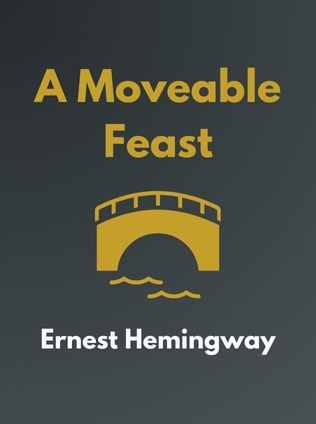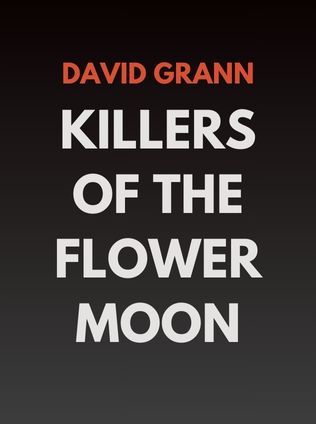
About the Author
Ernest Hemingway, a name that resonates powerfully in the annals of American literature, was not just a novelist but a pioneer who redefined the contours of modern storytelling. Born in 1899 in Oak Park, Illinois, Hemingway grew up amidst the trappings of a traditional, middle-class American family. His experiences in World War I, where he served as an ambulance driver and was severely injured, deeply influenced his worldview and writing style. Hemingway's prose, characterized by its economy and understatement, has inspired generations of writers and readers alike. His ability to capture the essence of human emotion with sparse, yet powerful, language made him one of the most celebrated authors of the 20th century.
"A Moveable Feast," published posthumously in 1964, is one of Hemingway's most beloved works. It is a memoir of his early years as a struggling writer in Paris in the 1920s. Hemingway paints a vivid picture of his experiences, the people he met, and the places that left an indelible mark on his life. This memoir is not just a reflection on his formative years as a writer, but also a homage to the city that shaped him.
Main Idea
"A Moveable Feast" is more than just a collection of reminiscences; it is a literary pilgrimage through the Paris of the Lost Generation. Hemingway recounts his interactions with literary giants like F. Scott Fitzgerald, Gertrude Stein, and Ezra Pound, and his life in the vibrant, bohemian quarters of Paris. The memoir captures the essence of a time and place that was pivotal not only for Hemingway but for the entire modernist movement in literature. Through his narrative, Hemingway explores themes of artistic ambition, personal struggle, and the relentless pursuit of creative expression.
Table of Contents
- Early Days in Paris
- Life Around the Seine
- Spring in Paris
- Modernist Novelists and Poets
- Scott and Zelda Fitzgerald
- Paris Endures
Early Days in Paris
In the opening vignettes of "A Moveable Feast," Hemingway immerses the reader in the atmosphere of Paris in the early 1920s. The city, with its cold winters and sparse accommodations, is depicted as both a challenge and a muse for the young writer. Hemingway’s descriptions are tinged with a sense of nostalgia for the simplicity of those days when he lived in a small apartment, struggling to make ends meet. The winter rains made Paris seem bleak, but this very bleakness also became a source of inspiration.
Sign up for FREE and get access to 1,400+ books summaries.
You May Also Like
Freakonomics
A Rogue Economist Explores the Hidden Side of Everything
By Steven D. Levitt and Stephen J. DubnerI Am Malala
The Story of the Girl Who Stood Up for Education and Was Shot by the Taliban
By Malala Yousafzai



















